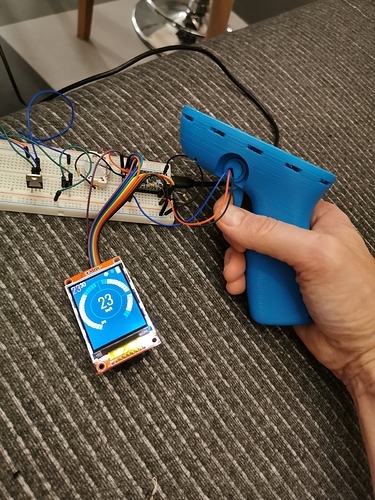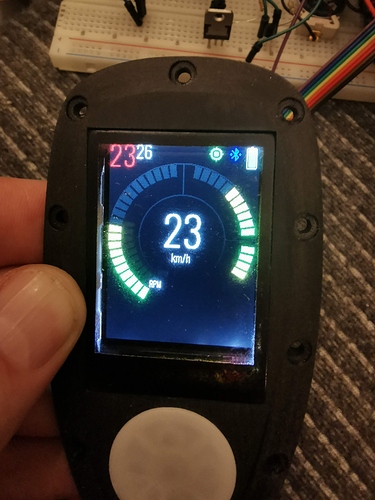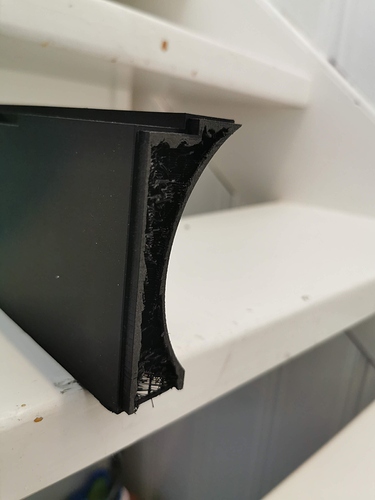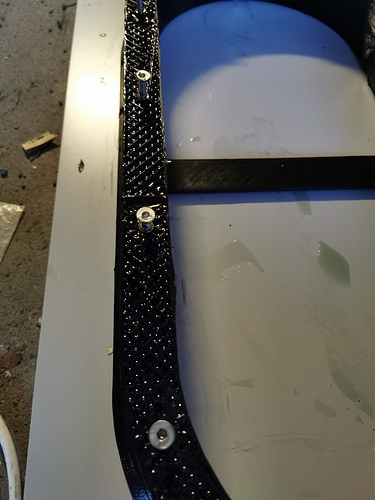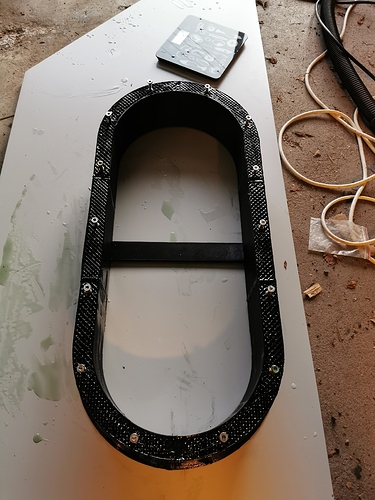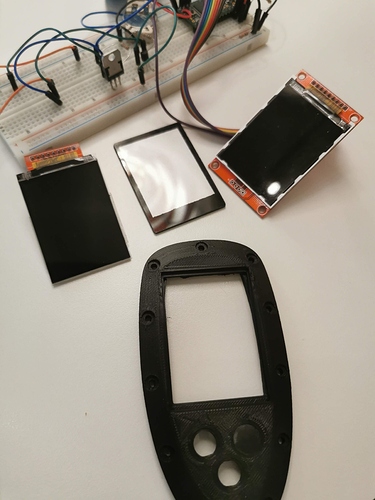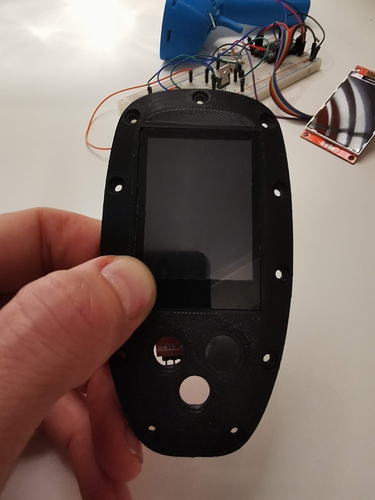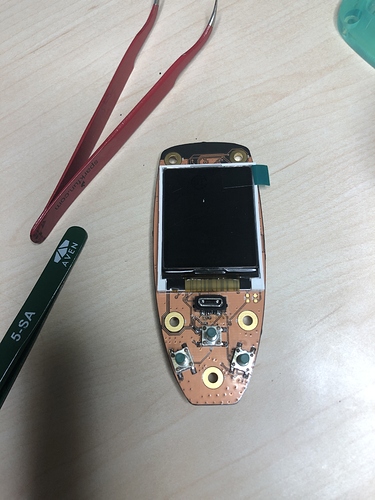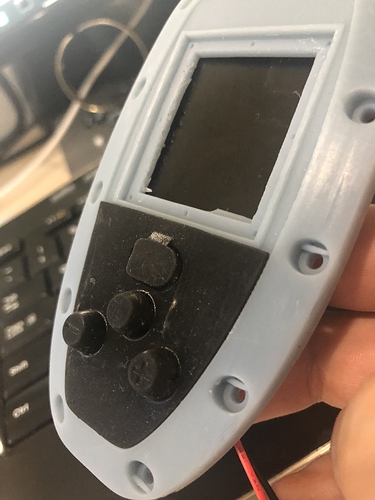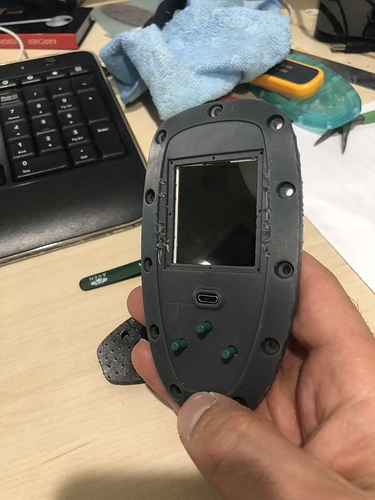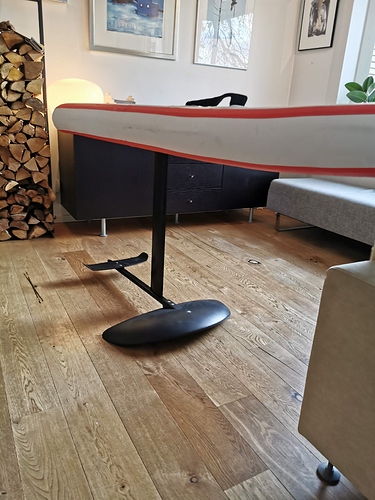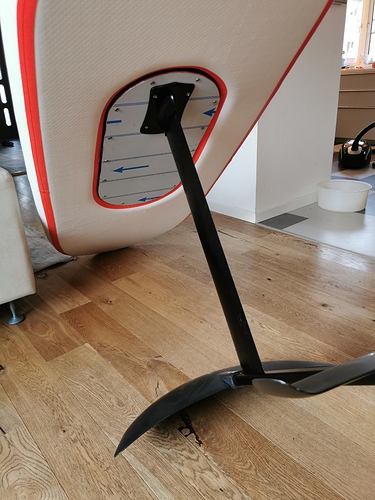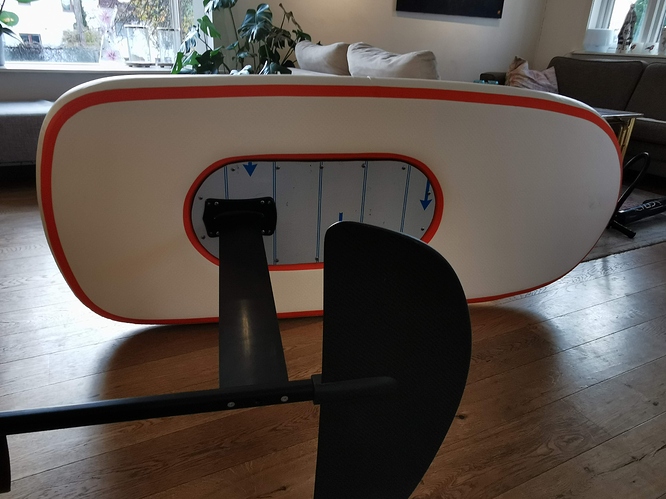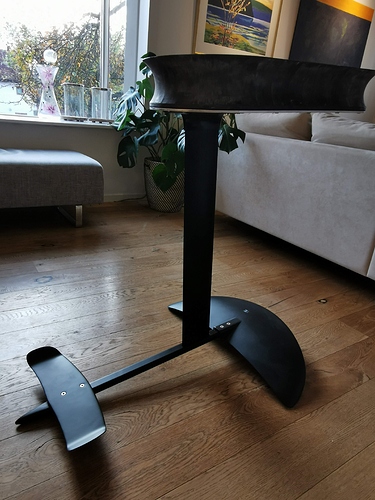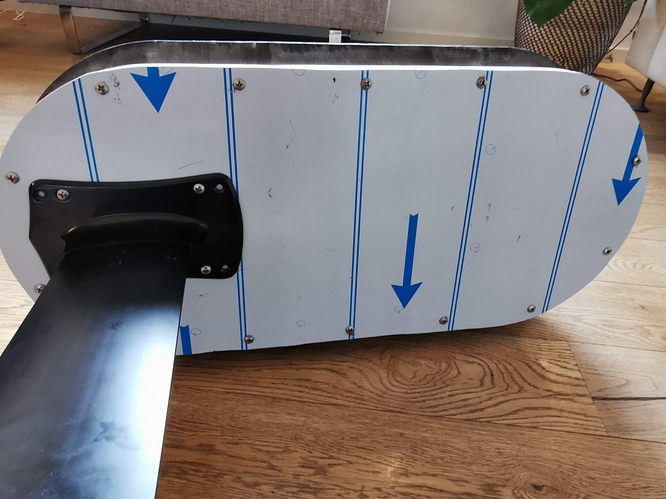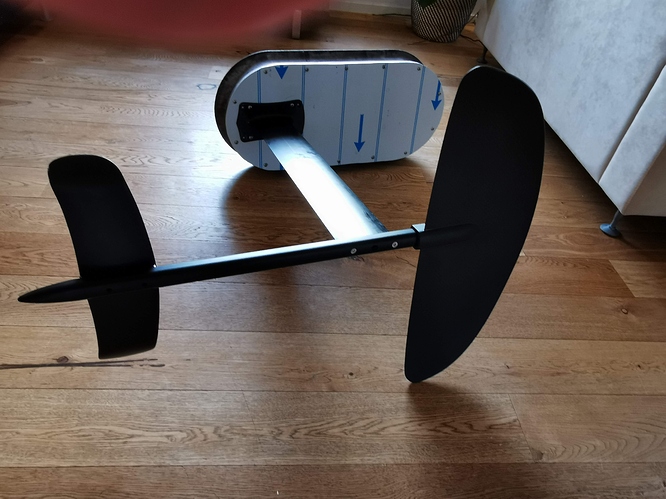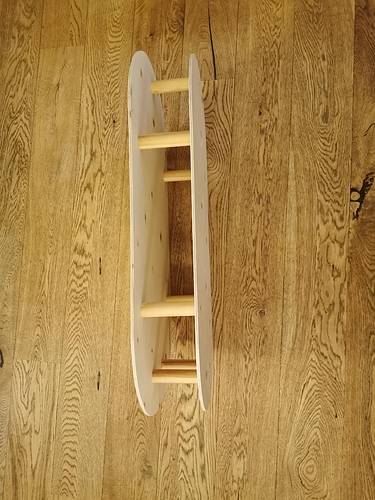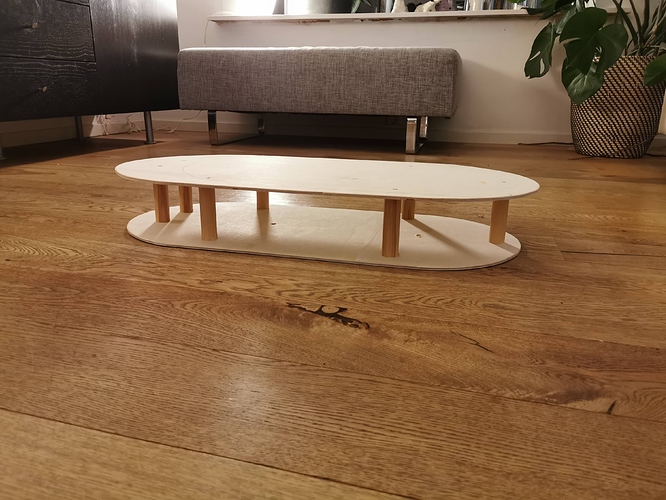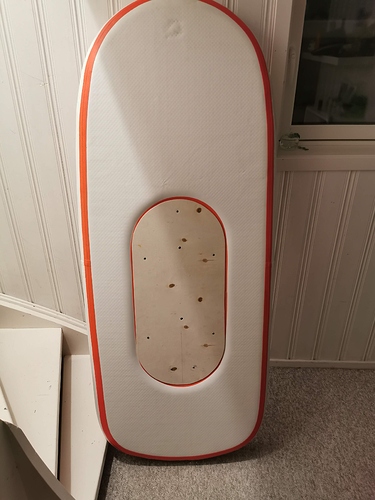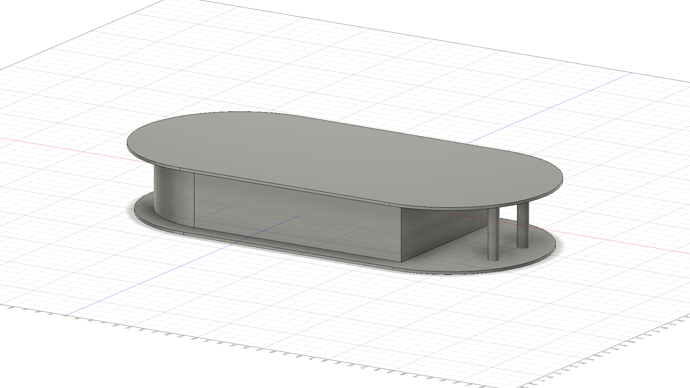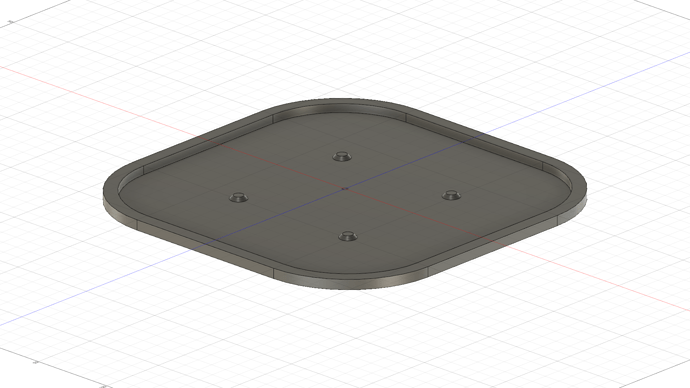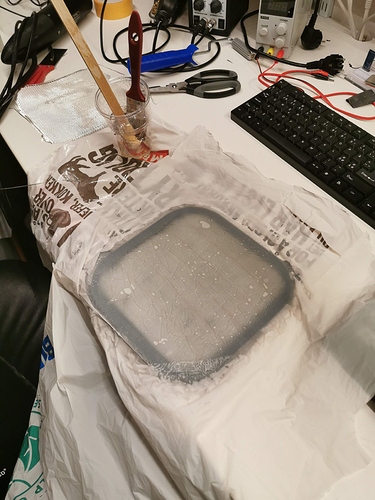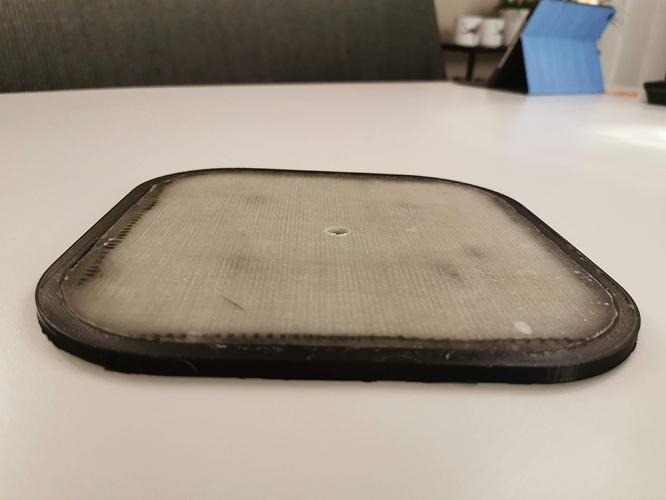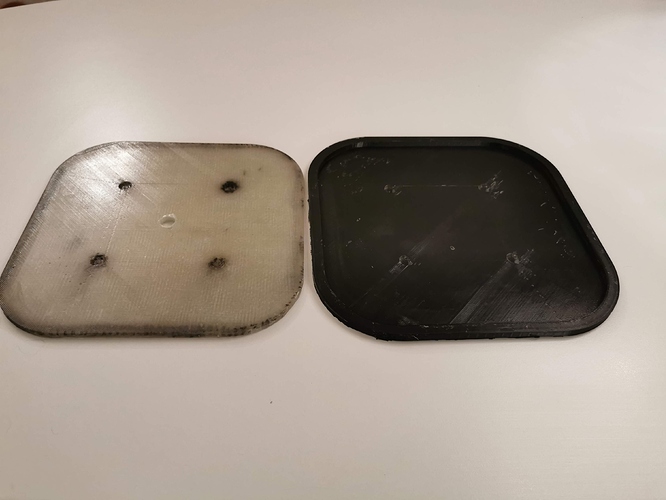Time flies. More than a month since last update. This turned out to be kind of a slow build but I’m in no hurry since the winter is starting to get a grip of Oslo. No efoiling for me until spring.
First of all I’m happy to see that others found the way of creating the mast clamp useful and even developed the concept. Thank you guys for that.
The last month I’ve made some progress on the remote control. The remote will be quite similar to @samisin excellent approach, but I’ve chosen not to all the electronics into the remote, only basic things like the hall sensor, display, bluetoooth communication, IMU and CPU. GPS and SD-card will be inside the electronics box and the data communicated to the remote.
But the main thing this last month is the the frame for the box to fill the hole in the inflatable.
The frame is basically created from a profile sketch and the option Create->Sweep in Fusion 360, kind of the same way as the mast clamp. Also added holes for threaded inserts to fasten the aluminum bottom and some support on the top.
I have used the same concept as for the mast clamp. 3D-printed the frame in 6 parts with 5mm overlap to join the parts and with low infill. It’s a monster printout, almost 3 times 24 hours. Some extra manual work with cutting the side walls open, for the resin to float seamlessly between the printed parts, making the frame almost homogen. The parts are first glued together with Tec7 for the resin not to escape.
When the 5mm aluminum bottom is be screwed and glued to the frame the strength will be really solid, no need for extra reinforcement. The only drawback I can see is that the entire box with both bottom and lid will becomes quite heavy, around 6 kg. If or when I do this again, I will make the profile a bit thinner to save some weight. I believe it will be solid enough if I cut the profile with 1cm
Also, the 100mm stainless screws has arrived so in the next couple of weeks I will be able mount the bottom to the frame, the motor to the mast, the mast to the box and have a testrun in the bathtub.
